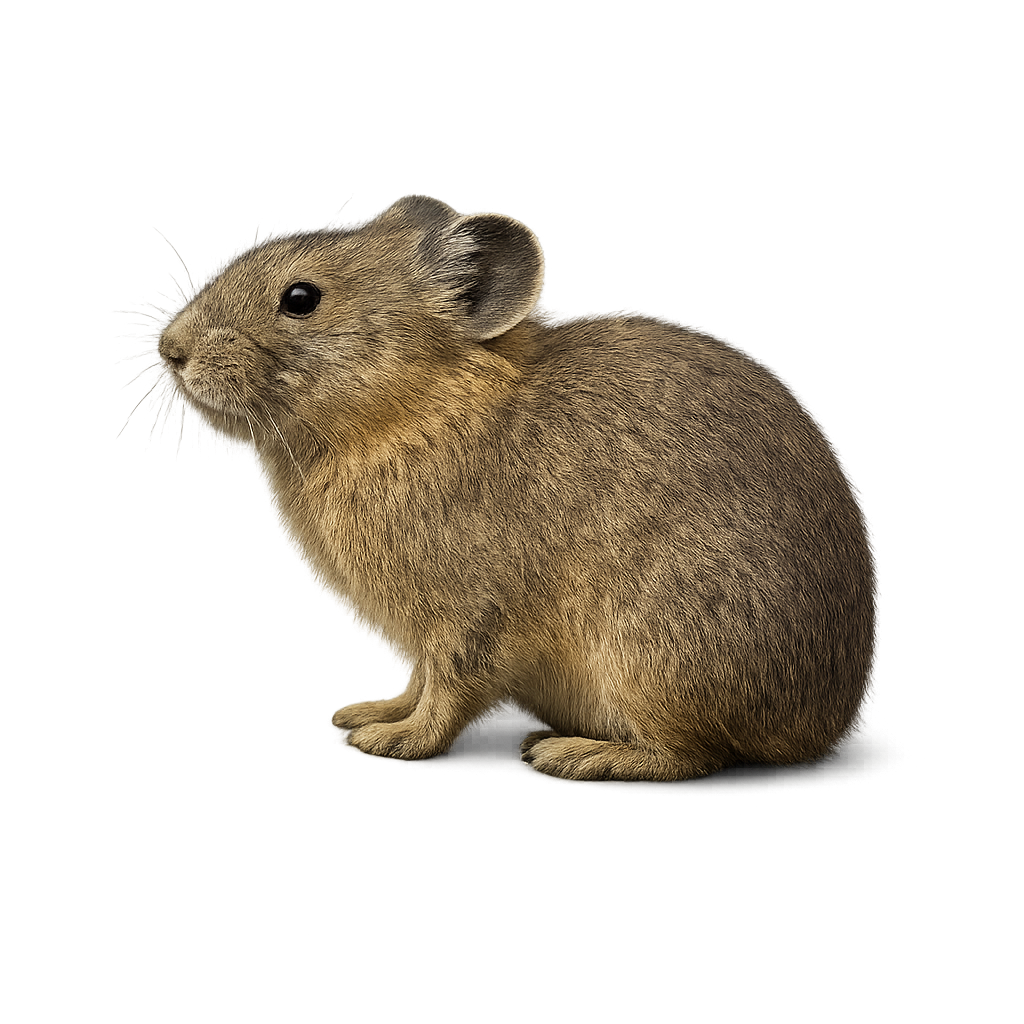Your wildlife photography guide.
Explore the american pika in detail, study its behavior, prepare your shots.
Where to observe and photograph the american pika in the wild
Learn where and when to spot the american pika in the wild, how to identify the species based on distinctive features, and what natural environments it inhabits. The WildlifePhotographer app offers tailored photography tips that reflect the american pika’s behavior, helping you capture better wildlife images. Explore the full species profile for key information including description, habitat, active periods, and approach techniques.
American pika
Scientific name: Ochotona princeps

IUCN Status: Least Concern
Family: OCHOTONIDAE
Group: Mammals
Sensitivity to human approach: Tolerant
Minimum approach distance: 20 m
Rut period: May to June
Gestation: 28-30 jours
Births: June to July
Habitat:
Alpine rocky slopes and talus
Activity period :
Primarily active during the day, with peak activity in the morning and late afternoon.
Identification and description:
The American pika is a small lagomorph mammal, 15–23 cm in length, with a stocky body, short limbs, and small rounded ears, covered in brownish-gray fur. It inhabits alpine rocky slopes and talus fields of North America, from British Columbia to New Mexico, at elevations of 1400–3800 m, feeding on mosses, grasses, and leaves.
Recommended lens:
300 mm – adjust based on distance, desired framing (portrait or habitat), and approach conditions.
Photography tips:
Photograph the American pika early morning or late afternoon using a telephoto lens of ≥300 mm from a concealed ground hide near rocks. Use a fast shutter speed (≥1/1000 s) to freeze its quick movements and a shallow depth of field to isolate it against the rocky background. Remain still and patient to avoid startling it.
The WildlifePhotographer App is coming soon!
Be the first to explore the best nature spots, track rutting seasons, log your observations, and observe more wildlife.
Already 1 430 wildlife lovers subscribed worldwide

